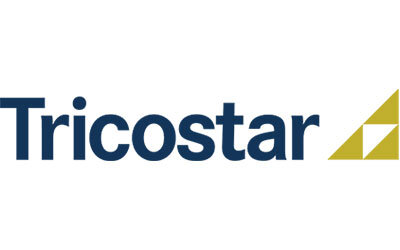The Basics Of Project Management
Defining Your Project
A Project can be defined as a piece of work that falls outside of the norm; something that needs to be done but isn’t part of the usual day-to-day business completed. This could mean anything from creating a new website to changing office or location. It is important that projects have the proper management to ensure that they are completed to the correct timeframe, that they do not take too much time away from the usual normal activities within your business and that they are of high quality and efficiency.
How Can Project Management Help Me?
There are a multitude of benefits that correct project management can offer your business. For example, good project management can:
- Help you stay within your budget and timeframe by monitoring costs and resources.
- Lessen the chance of the project falling through by constant goal setting and maintenance.
- Help develop communication skills between suppliers, staff and any third parties involved.
- Allow staff to be able to continue with their usual day-to-day business and relieve any pressure that an additional project can incur, as well as increase efficiency in both project areas and standard business work.
- Encourage simplicity and ease of work through the implementation of a single point of contact throughout the entire project.
These are only a few of the benefits that project management has to offer. A business that can prove ultimate efficiency throughout project development and implementation is certain to experience a wealth of benefits long-term as well as short-term during the project.
Project Management Basics
It can be difficult to define basics for all projects as a whole due to the fact each project is entirely unique and holds its own values and needs. However there are certain similarities that make all projects work, whether it is the rebranding of a business or major reconstruction of an office.The most important basics to remember are the objectives, the constraints and the lifecycle of your project. How much intricate detail you need is very much dependant on the size of your project but in essence each three of these elements should always be included.
Objectives
Defining your specific objectives and goals is important to keep on track and remember what you’re aiming to achieve, especially during projects that could cover a longer time span. The goals and objectives that you set should be memorable, achievable and measurable. It is important to be able to measure your achievement so you are aware of how close, or how far, you are from your goal.Objectives and goals, once defined, should be clearly communicated and easy to access by every person on the project to ensure that everyone is on the same page.
Constraints
It is important to acknowledge and understand your constraints. This means recognising any factor that could impact or limit your progress on the project in question. The constraints that affect projects most often include funding, resources and time, but there may be other pitfalls that affect your business and therefore your progress.By recognising any limitations you make it more difficult for them to take place and slow down the efficiency on your project. If there are immovable constraints then define boundaries to them and learn to work your project around them. Constraints can be huge de-motivators but by recognising them early on you enable your project to move forward with ease.
Lifecycle
The aspect that makes projects different and separate from your usual day-to-day business is that they have a definite start and finish point by which time the objectives and goals must be completed. This is defined as the lifecycle of the project. The finish point can be set for many reasons, it could be a deadline set by a force outside of the company, or it could be that only a fixed sum of money is available for project expenditure.Just because your project has a deadline, it doesn’t mean you have to finish on that date. Any successful project will be completed, in terms of goals and objectives, well within the lifecycle of the set project.
Project Management Stages
There are five basic stages that can be implemented in any project, although the size of each stage will differ depending on the type and scale of the project in question.
1. Initiation
The formal beginning of the project where goals and objectives are assessed and defined.
2. Planning and Development
This is similar to initiation but involves far more detail. The focus here is on time, cost and resources, including those available and those that will need to be acquired in order to carry out the project.
3. Production and Implementation
This stage is where the project is first put into action.
4. Monitoring and Controlling
This is an ongoing process where progress is monitored, controlled and measured.
5. Closing
The last phase of the project involves a discussion about whether you met your goals and objectives, and is a formal closing of the project. This is not to say it has definitely been a successful project, the closing phase also applies to projects that have not worked out of for some reason need to be cancelled.
Tricostar
For information on the sectors Tricostar works within, such as government and legal services, don't hesitate to contact us via our contact page or to give us a call on 020 8292 2660
